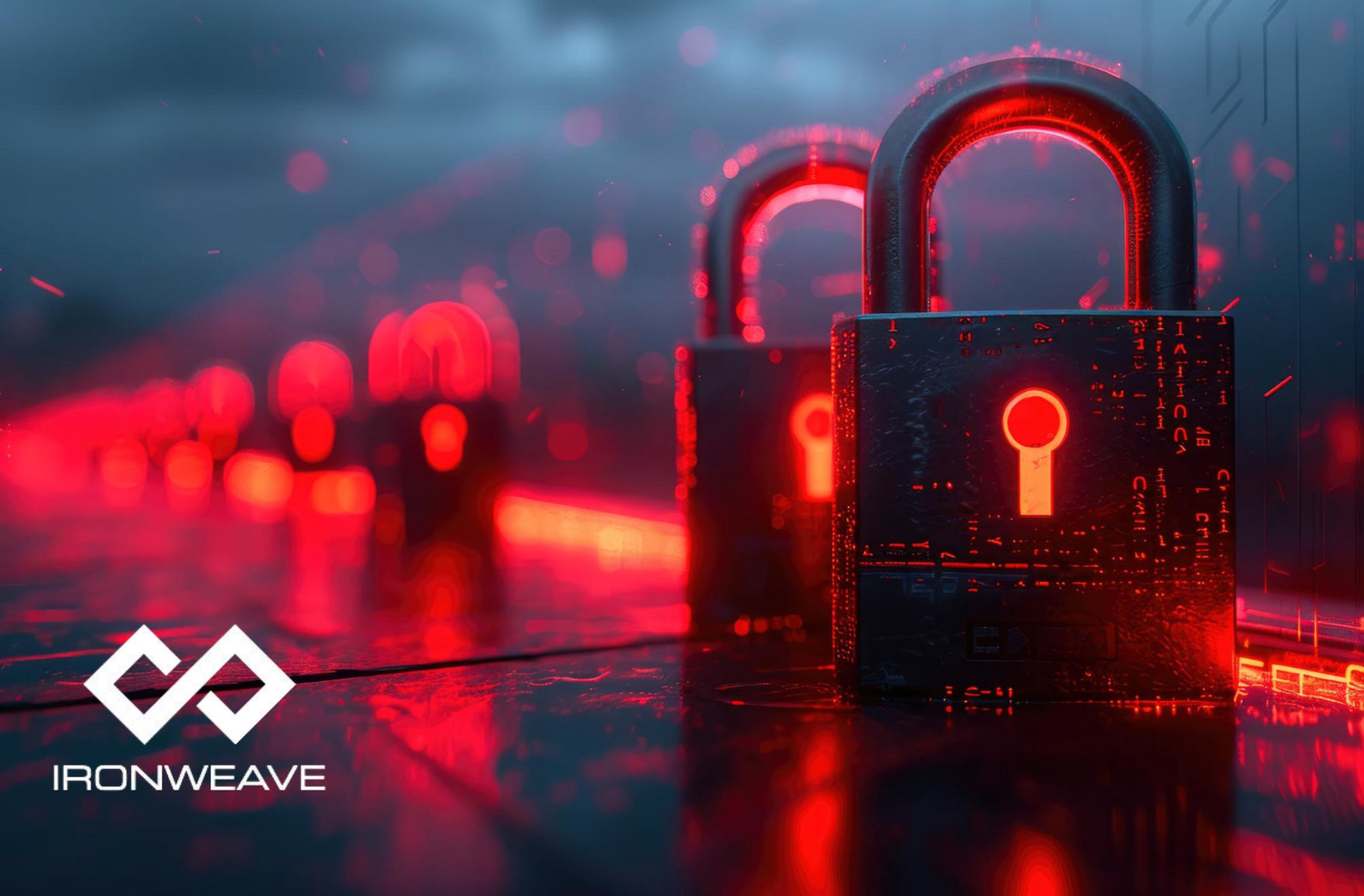Social Security Data Exposed: An Anti-Social System?

Imagine waking up to learn your most sensitive personal information—your Social Security number—is now in the hands of hackers. Not just yours, but everyone’s. It’s not a far-fetched nightmare; it just happened.
A recent breach has exposed the Social Security numbers, names, addresses, phone numbers, and even email addresses of more than 272 million individuals. This transforms identity theft from a risk into a near-certainty. The consequences will ripple through our lives—from compromised credit to years of potential fraud. For a comprehensive understanding of the scope and implications of what this breach could mean for anyone, and everyone, read IBM’s Cost of a Data Breach Report 2024
Today, when our personal data is a form of currency, can we really continue to trust outdated systems to protect our identities? It’s clear that the time has come to embrace a new, more secure method of data security. This blog delves into how IronWeave’s cutting-edge blockchain technology is the right solution to safeguard our data and secure our digital future.
Overview of the Breach
The Social Security breach is a stark reminder of the vulnerabilities in our current data security systems. With over 272 million individuals affected the breach is unprecedented in scope, putting nearly everyone at risk of identity theft and financial fraud. The fallout will be far-reaching, potentially compromising credit, leading to fraudulent activities, and causing years of stress for those affected.
The Urgency of the Issue
Data breaches are becoming more frequent and severe, with larger amounts of sensitive information being stolen. Our current centralized systems for storing and securing data are proving inadequate in the face of increasingly sophisticated cyberattacks. These centralized databases are prime targets for hackers because they offer a single point of failure—one breach, and millions of records can be compromised.
The Problem with Current Data Security Systems
Centralized data storage has long been the standard, but it's also a significant vulnerability because they create single points of failure, making them attractive targets for cybercriminals. Recent breaches have shown that traditional security measures like firewalls and encryption are no longer sufficient to protect our most sensitive information. Furthermore, the current regulatory frameworks are not robust enough to prevent or mitigate these breaches, leaving individuals and businesses exposed to significant risks.
The Promise of Blockchain for Data Security and Privacy
Blockchain technology offers a revolutionary solution to the problems inherent in centralized data security systems. By decentralizing data storage, blockchain eliminates the single point of failure. Blockchain’s immutable, tamper-proof ledgers provide an additional layer of security, ensuring that data cannot be altered once it’s been recorded.
IronWeave: A Revolutionary Approach to Blockchain-Based Data Security
IronWeave takes blockchain technology to the next level with its unique multi-blockchain fabric, which enhances security, scalability, and privacy. Unlike traditional blockchains, IronWeave’s architecture allows for the creation of secure, encrypted data blocks that are only accessible by authorized parties. This makes IronWeave an ideal solution for protecting sensitive data, such as Social Security numbers and other personal information.
In addition to its security and privacy features, IronWeave also offers significant compliance and regulatory advantages. IronWeave’s approach meets and exceeds current data protection regulations, making it an excellent choice for businesses and government entities looking to maintain the highest standards of data privacy.
A Call to Action
The recent breach that exposed the Social Security numbers of every American is a wake-up call. Our current data security systems are no longer adequate in protecting our most sensitive information. It’s time to embrace the blockchain-based solution that only IronWeave enables, which offers a more secure, private, and resilient approach to data creation, ownership, and management. By adopting these technologies, we can prevent future breaches and ensure that our digital future is secure.
